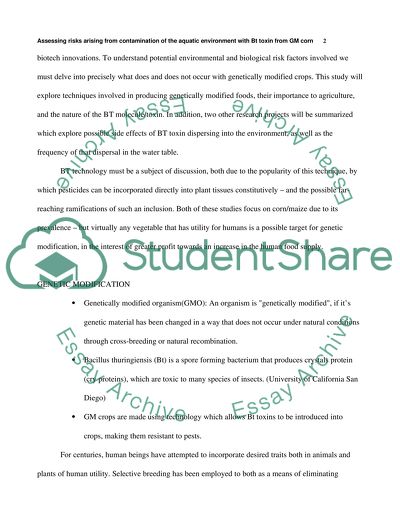Cite this document
(“Assessing risks arising from contamination of the aquatic environment Essay”, n.d.)
Assessing risks arising from contamination of the aquatic environment Essay. Retrieved from https://studentshare.org/environmental-studies/1437236-assessing-risks-arising-from-contamination-of-the
Assessing risks arising from contamination of the aquatic environment Essay. Retrieved from https://studentshare.org/environmental-studies/1437236-assessing-risks-arising-from-contamination-of-the
(Assessing Risks Arising from Contamination of the Aquatic Environment Essay)
Assessing Risks Arising from Contamination of the Aquatic Environment Essay. https://studentshare.org/environmental-studies/1437236-assessing-risks-arising-from-contamination-of-the.
Assessing Risks Arising from Contamination of the Aquatic Environment Essay. https://studentshare.org/environmental-studies/1437236-assessing-risks-arising-from-contamination-of-the.
“Assessing Risks Arising from Contamination of the Aquatic Environment Essay”, n.d. https://studentshare.org/environmental-studies/1437236-assessing-risks-arising-from-contamination-of-the.


